It all started after overhearing a conversation in Nepali. The Bhutanese couple behind me on the bus was talking about their first days in America. I had learned bits of the language years ago when I worked on organic farms in Nepal after high school, so I turned around and said, “Namaste.” Almost immediately they asked what I did, begging me to help them find a way to get their hands back in the dirt.
Many of the Burmese and Bhutanese refugees who live in Philadelphia come from a long history of subsistence farming that ended when violence forced them from their homes. Despite years of challenges, farming is still a part of who they are, and they speak with intense pride about their lost farms. It was a chance encounter that reflected my life’s passion.
Having grown up in suburban New Jersey, my history of farming is much different, but I was drawn to the hard work since I was young. My first day of real farming came in high school, when I pounded fence posts that surrounded acres of Jersey tomatoes. My hands bled with blisters, but I was hooked. Throughout college, I studied sustainable agriculture, and devoted myself to farming and community gardening. I wrote my thesis on the loss of genetic diversity in seeds, and on a post-college fellowship, I studied the preservation of heirloom varieties around the world. I went to eight countries, visiting remote regions to farm alongside some of the greatest seed-savers left. I became a passionate part of the quiet revolution to preserve history and ensure sustainable farming in the future.
That conversation with the couple on the bus spurred so much more. I began eating at their home, volunteering with the Nationalities Service Center (NSC) and biking around South Philadelphia to find land for an urban garden. After countless meetings with city agencies, we gained access to a plot that was central in the neighborhood. While contentedly staring at it, a Burmese woman showed me seeds she had brought with her through multiple refugee camps on the arduous journey from her homeland—one of the few possessions she had managed to keep. To encourage the seeds to grow, we rented greenhouse space. Many of the seeds were infertile, but some grew. And all of the stories and memories carried with those seeds thrive today in our gardens and murals.
Now, three years after meeting that couple on the bus, more than 95 families garden in our urban plots. Although the Bhutanese couple moved to another state, as a whole, we’ve come a long way from that first season of challenges. On a particularly cool October night, I drove up to the NSC’s Growing Home Community Gardens, and saw at least eight Burmese families and 10 Nepali elders watering and harvesting mustard greens, cilantro and lettuce in the raised beds.
The families are a vibrant part of the neighborhood. They painted murals, formed churches, started a Nepali store and made friends with diverse neighbors. Some struggled and left the gardens as they become overburdened with the stresses of an American life. And while mustard greens may not solve all the woes of a refugee community, I know our days of shared meals and bountiful harvests have helped many to transition and feel rooted. As their children go off to college, I see a bright future. Doctors, nurses and leaders emerge, and I am certain they will bring fleeting memories of this garden with them. Like their parents, who brought memories of their farms in mountainside villages, they have embraced the lives they live in America.
And to think that all of this was the result of a shared passion for farming and a chard of a conversation. But growing food tends to do that.
Adam Forbes is a teacher with the PA Migrant Education Program and garden organizer with the Nationalities Service Center’s Growing Home Community Gardens. He has worked with Bhutanese and Burmese refugee communities in Philadelphia for four years in various capacities.
Illustration by Kirsten Harper




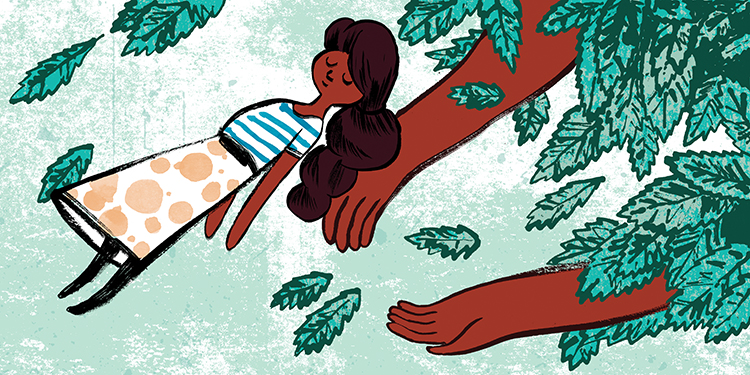
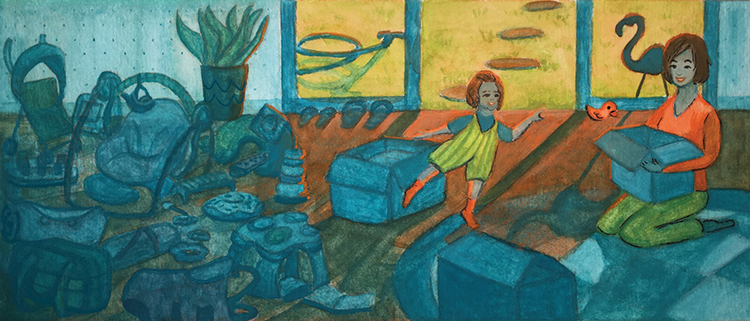
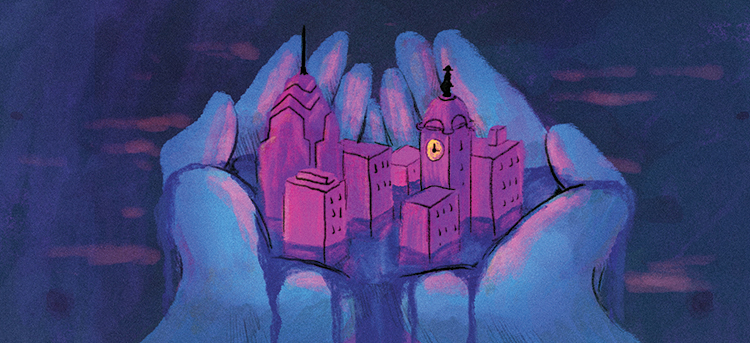
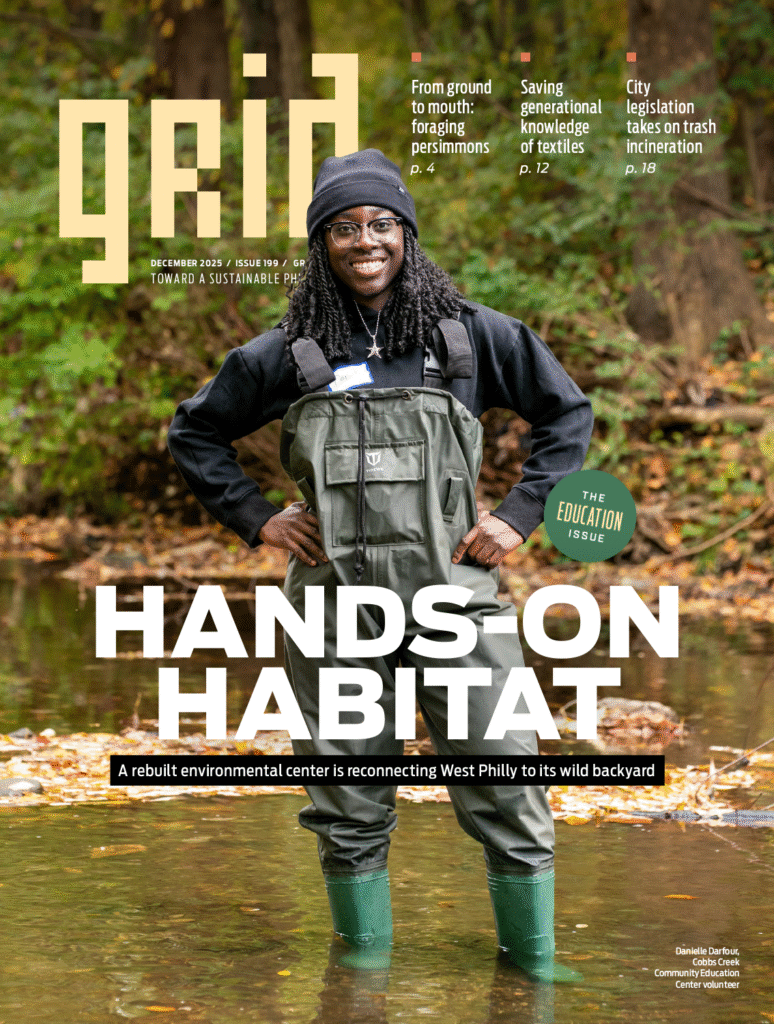
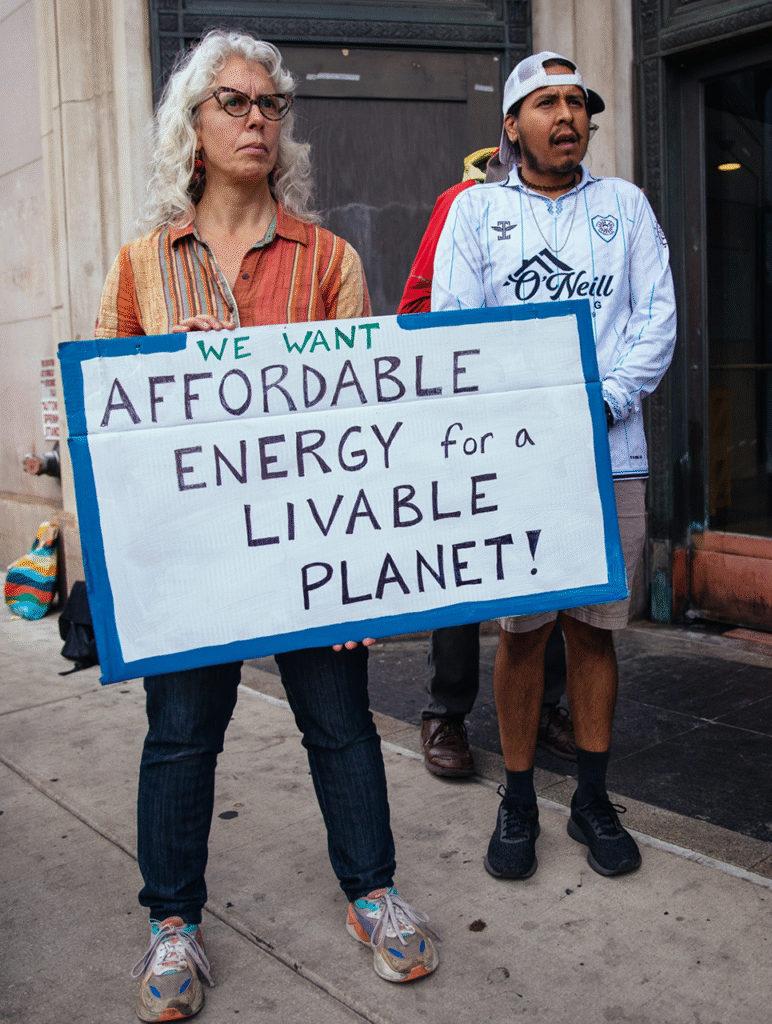
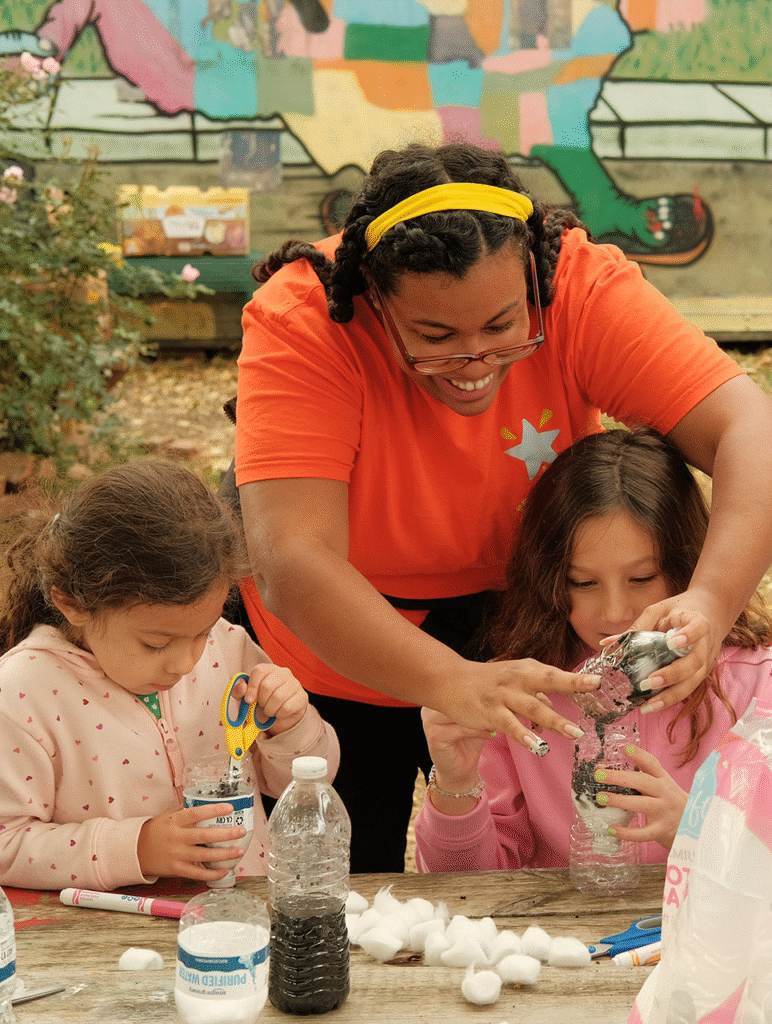
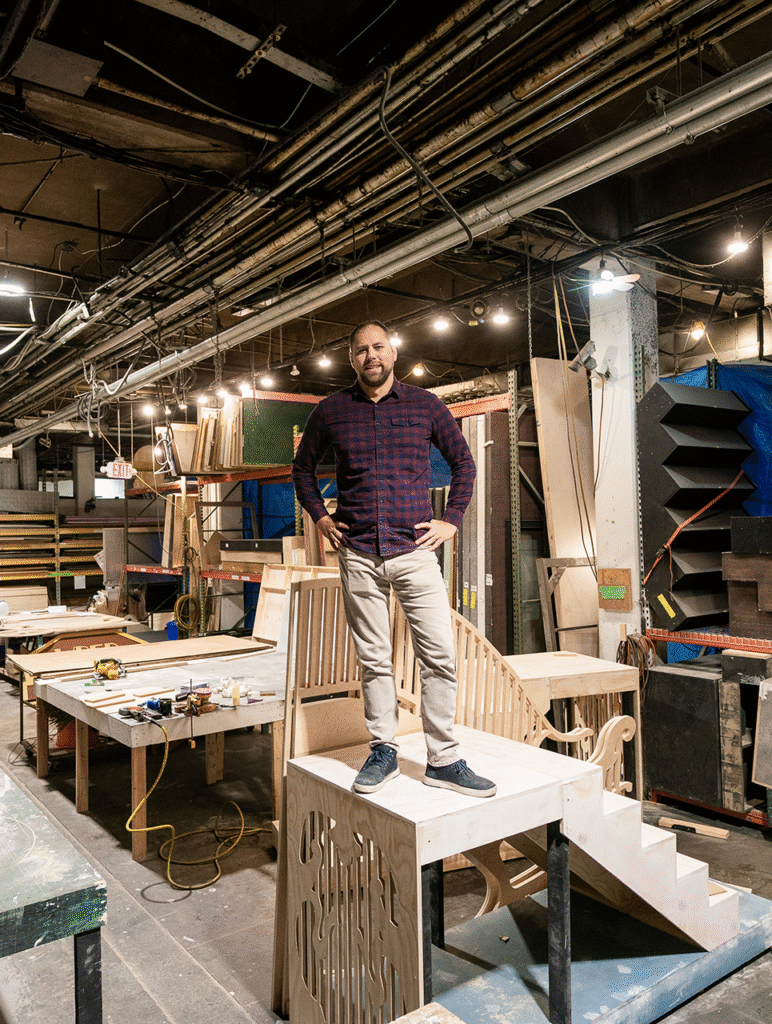

Loved the story , I was wondering if any of those gardens are open for the public to stroll thru. Also is there a map showing them . I love to ride my motorcycle around Philly and check out the garden.